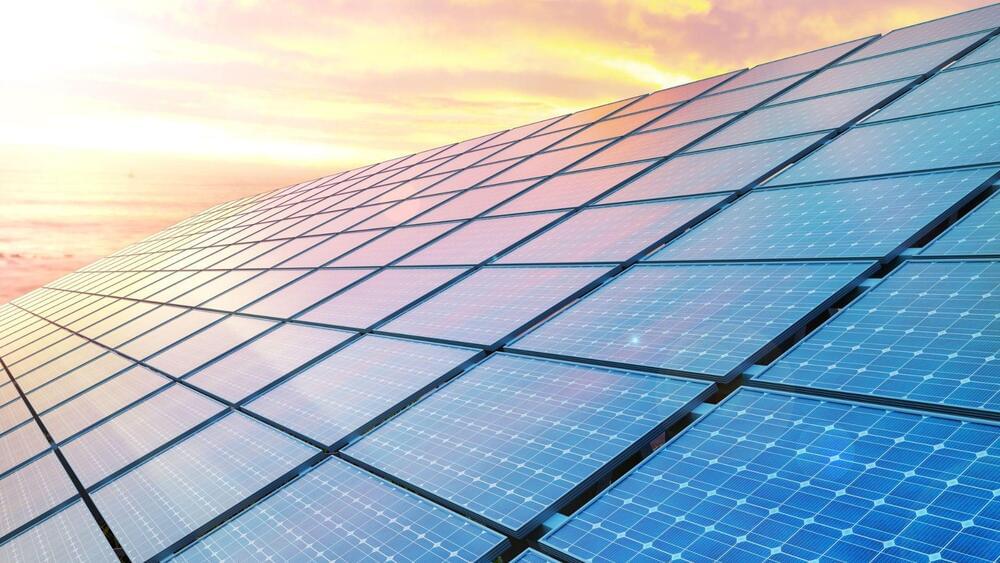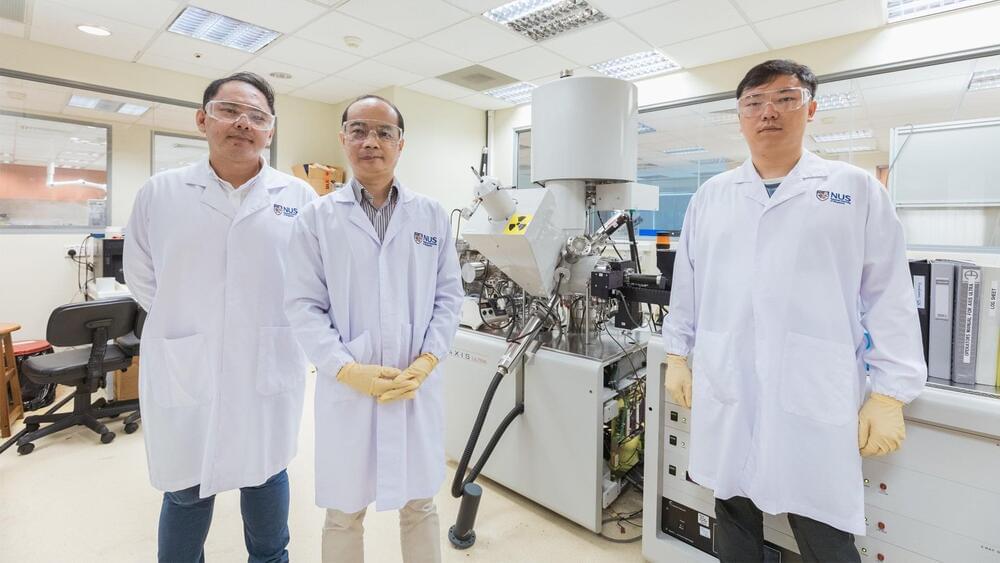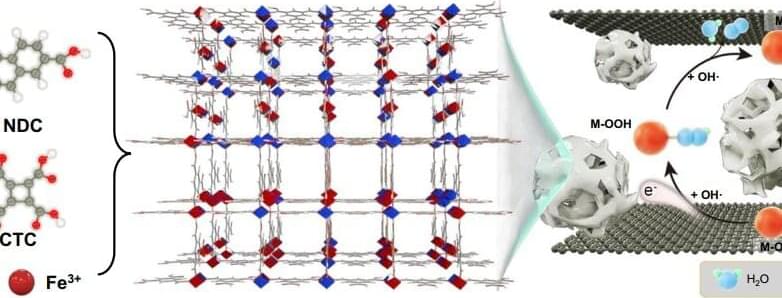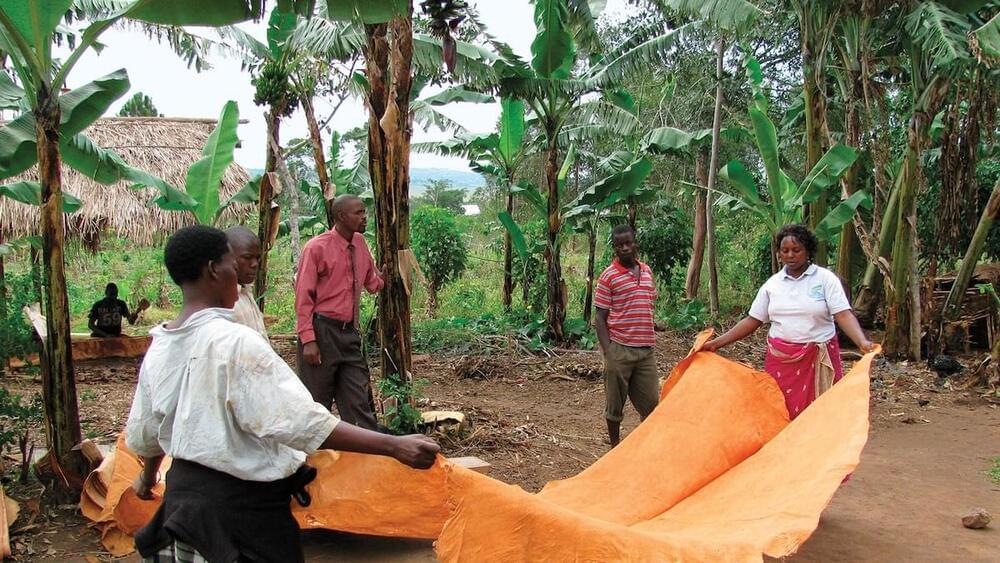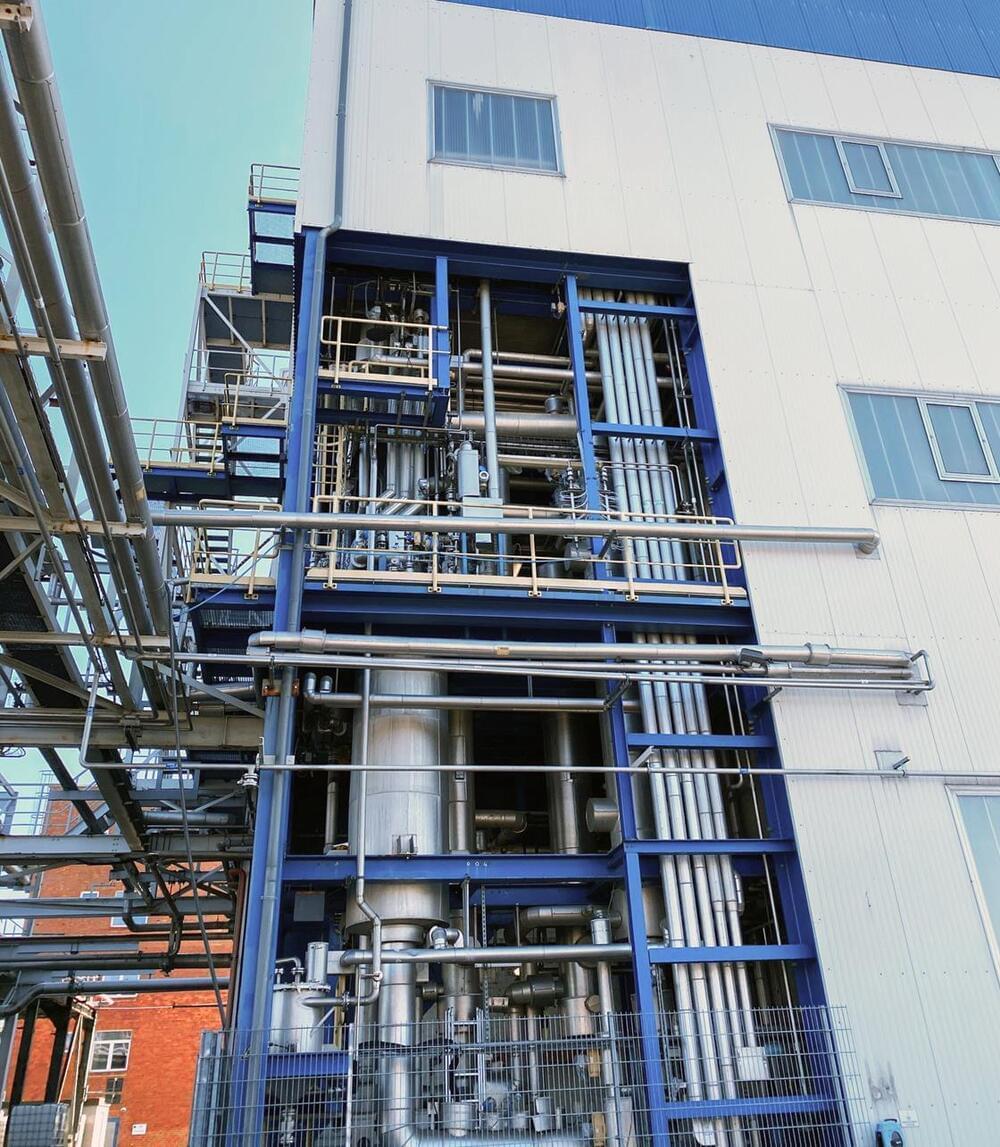With an estimated 60 to 70 vessels, China allegedly possesses the largest fleet of conventional submarines in the world.
The Chinese Navy could finally use lithium technology to replace the lead-acid batteries that are now used in its fleet of conventional submarines.
Since lithium batteries had a higher risk of catching fire or exploding, the navy was hesitant to replace the submarine fleet’s current batteries with them.
Razihusin/iStock.
Lithium-ion batteries could soon power China’s massive fleet of conventional submarines due to advancements in the nation’s globally dominant electric car industry, according to a study by China’s Navy, reported on Saturday by South China Morning Post (SCMP).

